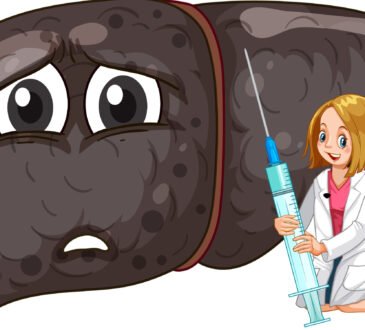
Here are some herbal remedies, medications, and supplements that are commonly used for managing back pain:
Herbal Remedies:
1. Devil’s Claw (Harpagophytum procumbens):
– Purpose: Used for its anti-inflammatory properties to help relieve back pain.
– Form: Available in capsule, tablet, or tincture form.
2. White Willow Bark (Salix alba):
– Purpose: Contains salicin, a natural pain reliever similar to aspirin, which can help alleviate back pain.
– Form: Available in capsule, tablet, or as a tea.
3. Turmeric (Curcuma longa):
– Purpose: Contains curcumin, which has anti-inflammatory and analgesic properties.
– Form: Available in capsule, tablet, or as a spice.
Medications:
1. Nonsteroidal Anti-Inflammatory Drugs (NSAIDs):
– Purpose:** Provide pain relief and reduce inflammation.
– Examples:** Ibuprofen (Advil, Motrin), Naproxen (Aleve).
2. Acetaminophen (Tylenol):
– Purpose:** Relieves pain but does not have anti-inflammatory properties.
– Caution:** Follow dosage instructions to avoid liver damage.
Supplements:
1. Glucosamine and Chondroitin:
– Purpose: May help support joint health and reduce pain associated with osteoarthritis, which can contribute to back pain.
– Form: Available in capsule or tablet form.
2. Omega-3 Fatty Acids:
– Purpose: Contains anti-inflammatory properties that can help reduce back pain.
– Sources: Fish oil supplements or foods rich in omega-3s like salmon, walnuts, and flaxseeds.
3. Vitamin D:
– Purpose: Essential for bone health and may help reduce the risk of chronic back pain associated with conditions like osteoporosis.
– Sources: Sun exposure, fortified dairy products, or supplements.
4. Magnesium:
– Purpose: Supports muscle and nerve function, which can help alleviate muscle spasms and tension contributing to back pain.
– Sources: Nuts, seeds, leafy greens, or supplements.
Note: Before using any herbal remedies, medications, or supplements for back pain, it’s important to consult with a healthcare professional, especially if you have underlying health conditions or are taking other medications. They can provide personalized advice and ensure that the chosen remedies are safe and appropriate for your specific situation.
Here are ten remedies for back pain along with detailed explanations:
1. Hot or Cold Compress:
– Description: Apply a hot or cold compress to the affected area for 15-20 minutes. Use a hot water bottle, heating pad, or a bag of ice wrapped in a towel.
– Benefits: Heat helps relax tense muscles, while cold reduces inflammation and numbs the area.
2. Stretching Exercises:
– Description: Perform gentle stretches to improve flexibility and alleviate muscle tension. Focus on the lower back, hamstrings, and hips.
– Benefits: Stretching increases blood flow, reduces stiffness, and promotes better range of motion.
3. Over-the-Counter Pain Relievers:
– Description: Non-prescription pain relievers like ibuprofen or acetaminophen can help alleviate mild to moderate back pain.
– Benefits: Provide temporary relief from pain and inflammation.
4. Posture Improvement:
– Description: Maintain proper posture when sitting, standing, and lifting heavy objects. Use ergonomic chairs and adjust workstations for better support.
– Benefits: Correcting posture reduces strain on the back and prevents recurring pain.
5. Core Strengthening Exercises:
– Description: Focus on exercises that target the core muscles, such as planks, bridges, and abdominal crunches.
– Benefits: Strong core muscles support the spine and help maintain proper alignment.
6. Massage Therapy:
– Description: Professional massage therapists can target specific muscles to release tension and improve circulation.
– Benefits: Promotes relaxation, reduces muscle tightness, and may provide relief from chronic back pain.
7. Yoga or Pilates:
– Description: Engage in gentle yoga or Pilates exercises that emphasize flexibility, strength, and body awareness.
– Benefits: These practices promote proper alignment, improve posture, and alleviate back pain.
8. Adequate Sleep and Mattress Support:
– Description: Ensure you have a comfortable mattress and pillows that provide adequate support to the spine.
– Benefits: Proper sleep posture and mattress support can prevent or alleviate back pain.
9. Weight Management:
– Description: Maintain a healthy weight to reduce the strain on the spine. Engage in regular exercise and adopt a balanced diet.
– Benefits: Less weight means less stress on the back muscles and joints.
10. Mindfulness and Relaxation Techniques:
– Description: Practice mindfulness meditation, deep breathing exercises, or progressive muscle relaxation to reduce stress and muscle tension.
– Benefits: Promotes relaxation, reduces muscle tension, and can alleviate back pain caused or exacerbated by stress.




